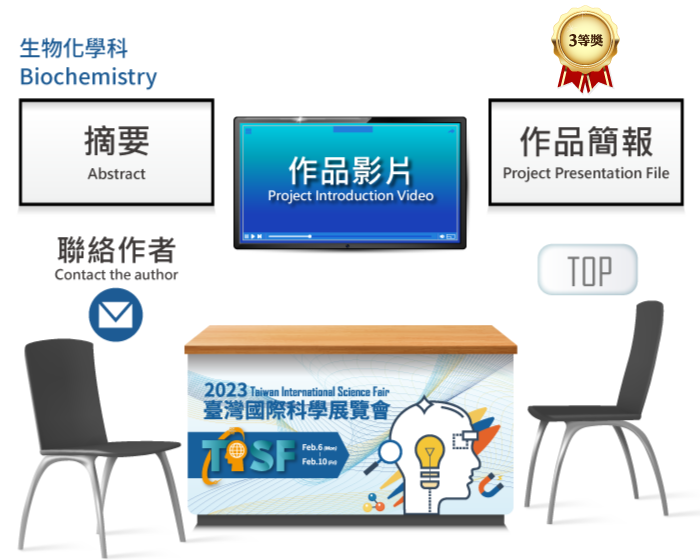080011
DEVELOPMENT OF PAPER-BASED ORIGAMI BIOSENSOR PLATFORMS FOR COLORIMETRIC DETECTION OF BIOCONTAMINANTS
Turkey

Infectious diseases caused by bacteria from biological pollutants pose a great burden in terms of diagnosis and treatment, and millions of people worldwide die from bacterial infections. Detection of bacteria plays a critical role in clinical diagnosis and control of contamination, but is not accessible due to the high cost, complex devices and equipment required. In the project, an alternative to existing methods, a paper-based biosensor for the etection of model organism E. coli bacteria, which is visible, low cost, easy to use, can be integrated with a smartphone, is based on rapid color change in the exposed environments, drinking and pool water, wastewater, beverage products. platforms were developed. For the specific detection of E.coli bacteria, two different biosensors have been developed that can perform colorimetric detection in a user-friendly origami design, minimizing microchip and processing steps based on antibody-bound PVDF membrane and filter paper-based immunological method. In the presence and absence of target bacteria E.coli, the lowest detection limit of the biosensors obtained by using paper-based platforms that create a distinctive color on them, depending on the concentration, was 0.9x103 bacteria/ml for origami biosensor, 2.7x103 bacteria/ml for microchip biosensor and the widest dynamic linear operating range was calculated as 103-107 bacteria/ml. With the biosensor platforms we have developed, the use of only one smartphone for both qualitative and quantitative, visible results and analysis within minutes constitutes the originality of our project. With these promising results, the biosensors we have developed can also be used for the detection of different biological pollutants, do not contain complex devices and can be easily produced in large scales. We believe that the biosensors we have developed for the detection of biological pollutants in water and beverages, especially in regions where test laboratory infrastructure is not available, will contribute to the literature, public health, health economy and sustainable development goals such as clean water and sanitation, health and quality life, and life in water.